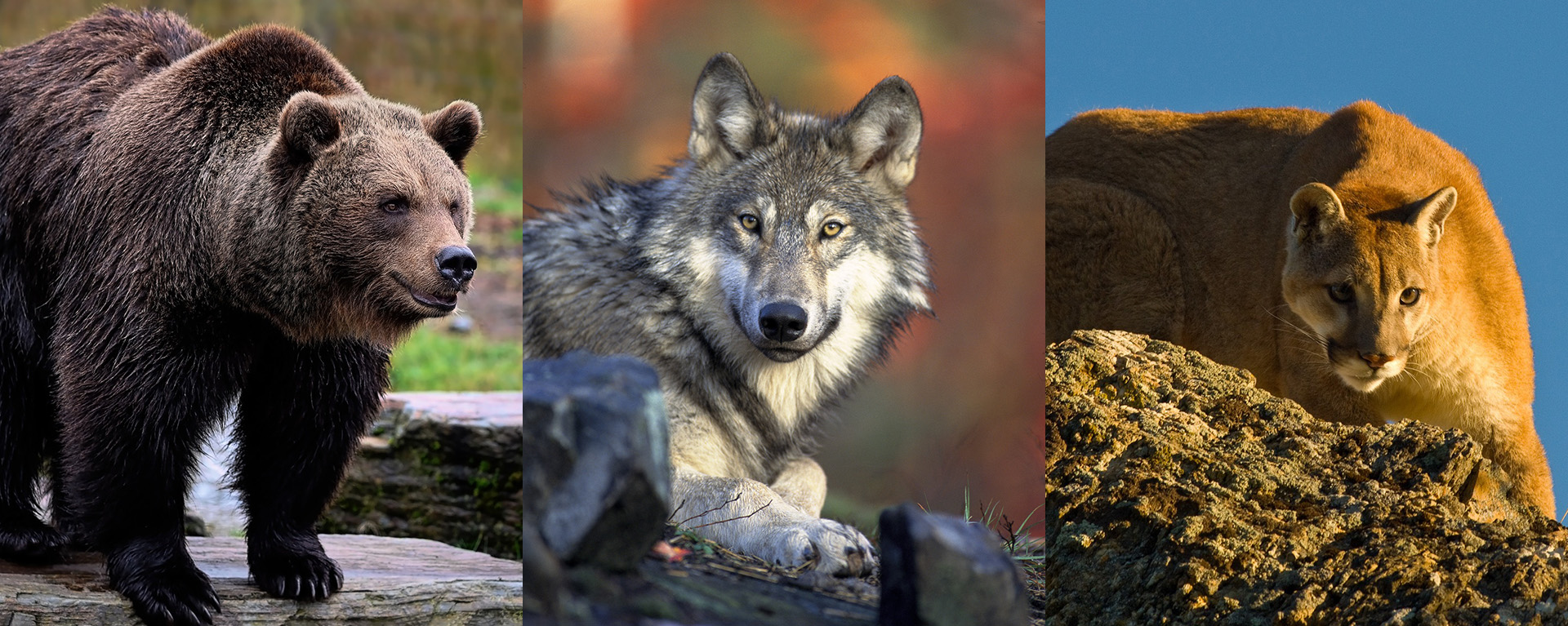Over two decades of research conducted by Colorado State University reveals profound insights into ecosystem dynamics, challenging the conventional wisdom regarding the restoration of apex predators. Contrary to popular belief, the reintroduction of wolves to Yellowstone National Park did not promptly reverse the lasting effects of their absence.
Funded by the National Science Foundation and detailed in Ecological Monographs, the study delves into the consequences of apex predator removal in Yellowstone. While wolves returned to the park in 1995, the natural recovery of depleted cougar and grizzly bear populations coincided. However, the ecosystem had already undergone significant transformation during their prolonged absence, leading to persistent changes in the food web and landscape.
Yellowstone’s northern range underwent a dramatic shift, transitioning from willow and aspen stands with beaver activity to grasslands due to rampant elk browsing. These alterations stabilized into an alternative ecological state resistant to reverting to its prior condition despite the restoration of apex predators, as noted by the study’s authors, Tom Hobbs and David Cooper.
The extensive experiment, unparalleled in its duration and scope, underscores the complexity of ecosystem restoration. Lead author Tom Hobbs emphasizes that disturbing food webs can lead to enduring changes, cautioning against the expectation of immediate improvements following predator reintroduction.
Colorado, in its endeavor to restore wolves, can draw valuable lessons from Yellowstone’s experience. However, Tom Hobbs highlights key differences, noting that Colorado’s landscapes have not experienced widespread degradation akin to Yellowstone. Effective elk population management through hunting has mitigated excessive browsing, distinguishing Colorado’s conservation efforts.
The study sheds light on the intricate relationships between apex predators, prey, and vegetation. It unveils how the absence of wolves and cougars disrupted the delicate balance between elk, willows, and beavers, resulting in cascading effects throughout the ecosystem.
Through meticulous experimentation and collaboration with park management, the researchers uncovered the multifaceted interactions shaping Yellowstone’s landscape. This long-term research underscores the significance of national parks as invaluable platforms for advancing ecological understanding and informing conservation practices.
